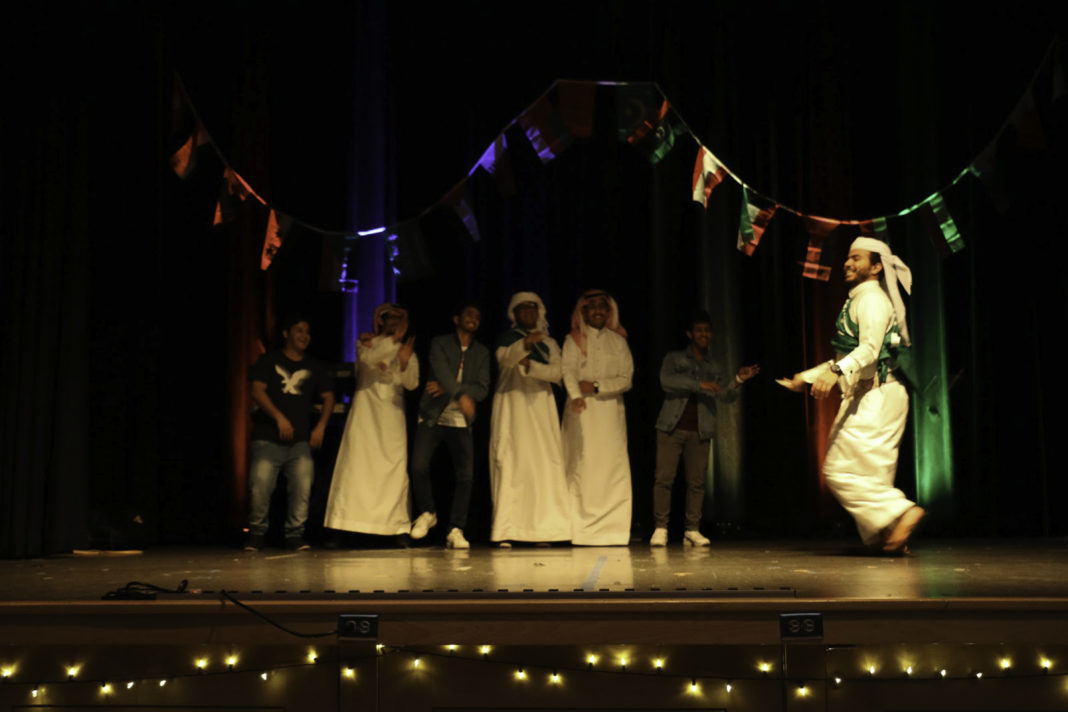The exhibition room at Reed College’s Cooley Art Gallery feels a little bit strange these days, much like walking into an abattoir or the back room of an adult video store. Moans and groans echo throughout the room while flickering light pulsates shadows of your figure across the walls.
Anatomy in many forms
The exhibition room at Reed College’s Cooley Art Gallery feels a little bit strange these days, much like walking into an abattoir or the back room of an adult video store. Moans and groans echo throughout the room while flickering light pulsates shadows of your figure across the walls.
Here is where you’ll see it all: a slaughter, portraits of grandmothers, chicks with dicks, wood puppets and snapshots of a meal from hell. Don’t think this juggernaut of an art show is just for junkies and Satan worshipers. Scarecrow provides a compelling visual array for your eyes to transcend the boundaries of normalcy and reflect on our most sacred temple, the human body.
Scarecrow has provided Reed College with the opportunity of a lifetime to tout its impressive one-hundred-year-old collection of art from artists around the world. Compiling pieces from six famous artists, Reed students pieced together what is bound to be one of the most important shows of the year outside of the Portland Art Museum. Daniel Spoerri, Lynda Benglis, Robert Rauschenberg, Mary Bauermeister, Sol LeWitt and most famously Andy Warhol are represented in the exhibit.
The recent donation of original Warhol prints was a godsend for Reed. Being one of only two Oregon institutions to house the rare works, it was imperative that they find a way to utilize the prize. The Warhol corner of the exhibit is composed of portraits and a black and white film clip titled “Screen Tests.” The portraits detail the variety of the human form from gay to straight, male and female, old and young and everything in between.
In “Screen Tests,” the subjects are filmed with a still camera fixed on only their faces. The blinks and twitches act as dialogue through their piercing eyes. As with the entirety of the Warhol section, the subjects’ faces become both beautiful and horrifying as you slowly uncover the flaws and the perfections just beneath the surface.
Spoerri’s work is a needed supplement to the exhibit by offering up the most critical view of the human form. A collection of photographs documents a meal and the behavior surrounding it. Towers of meat dominate the dinner table, only to be followed by us barbarians ripping, shredding into the cooked flesh and leaving a god-awful mess.
Turn around and you’re watching a film made by Spoerri called Resurrection, which is literally the resurrection of a hamburger slowly transforming back into an eating, breathing and shitting cow. Spoerri’s pieces express the flaws of our form and the barbaric nature of survival.
With a decent dose of media variety, Scarecrow is able to lift the veil off of typical gallery art. The exhibit is alive and almost interactive with the pieces both fascinating and challenging. When we think about our anatomy and the temporary nature of life, the heavy burden of perfection slips away and we are left with the raw and sometimes ugly reality of our existence. Scarecrow gives guidance and commentary to this journey of discovering ourselves and reminding us that we are only human.



